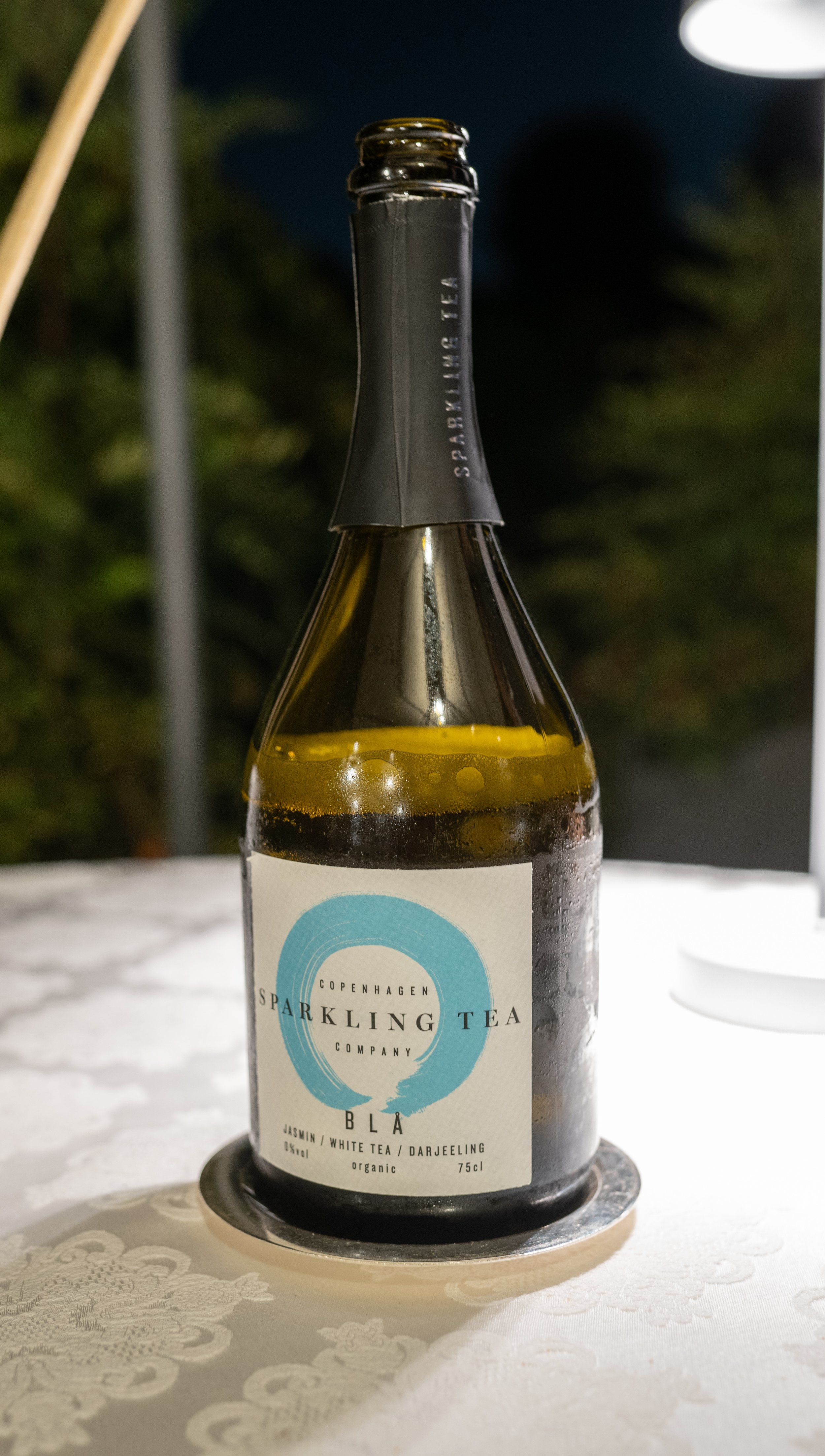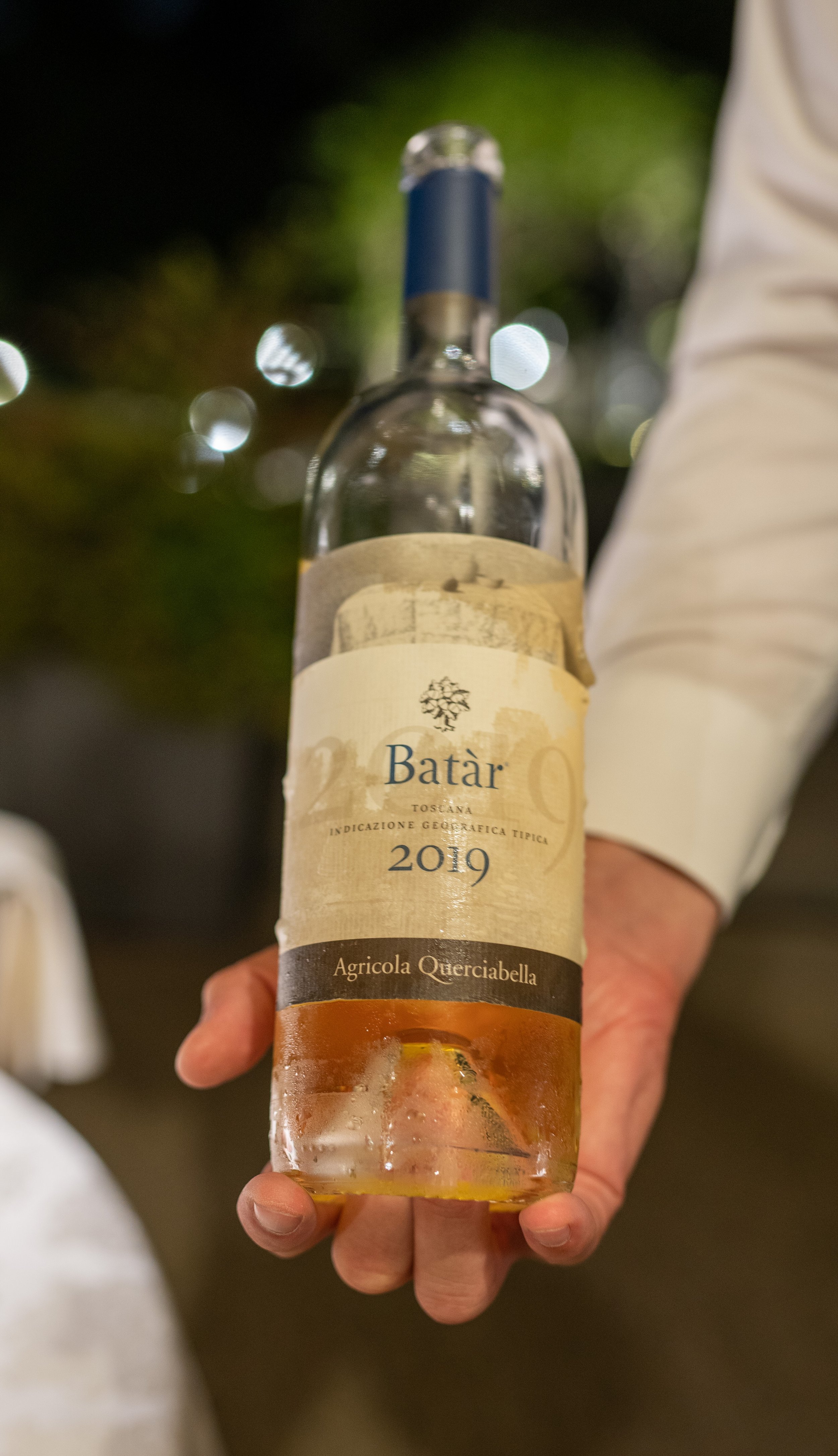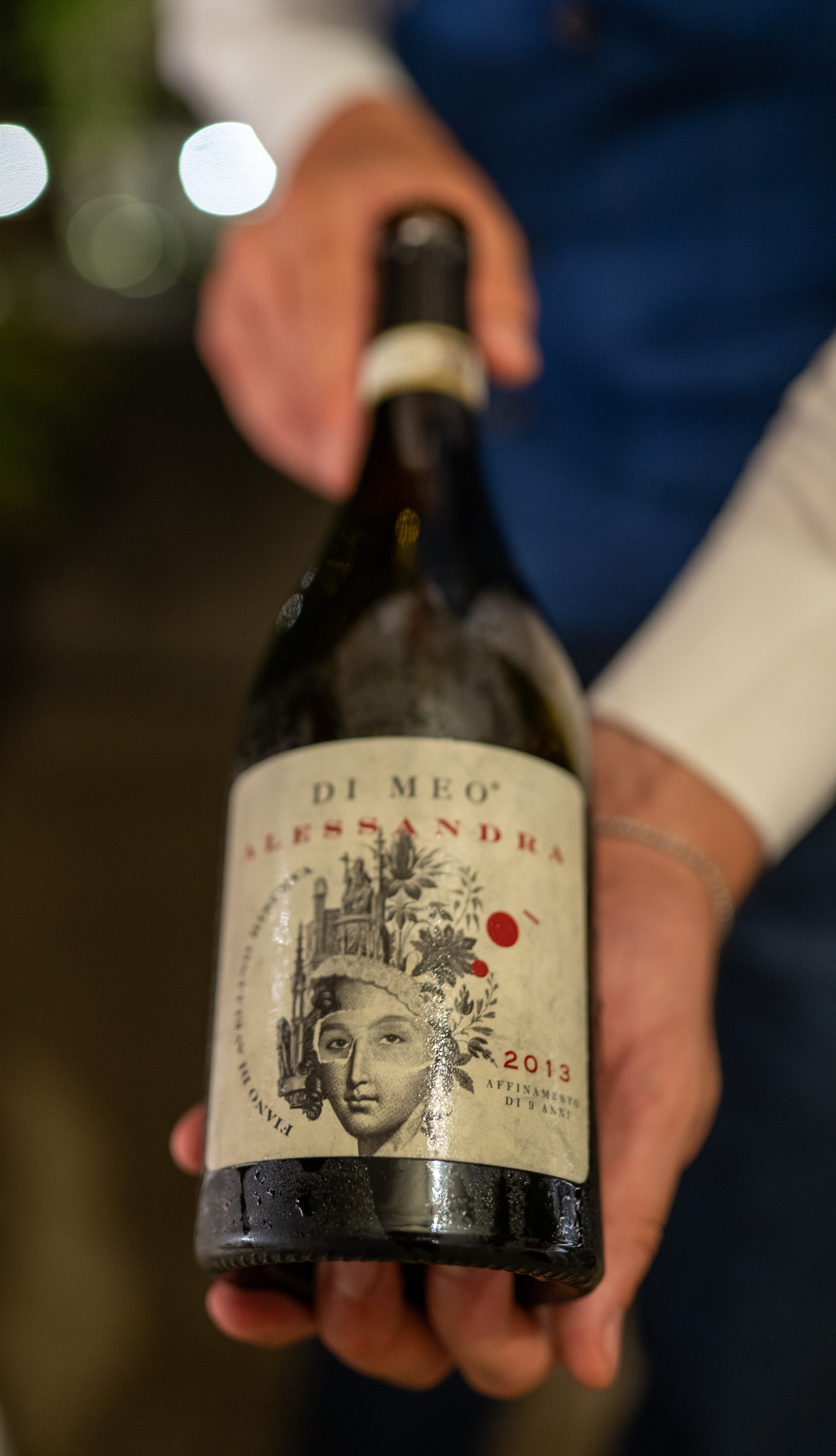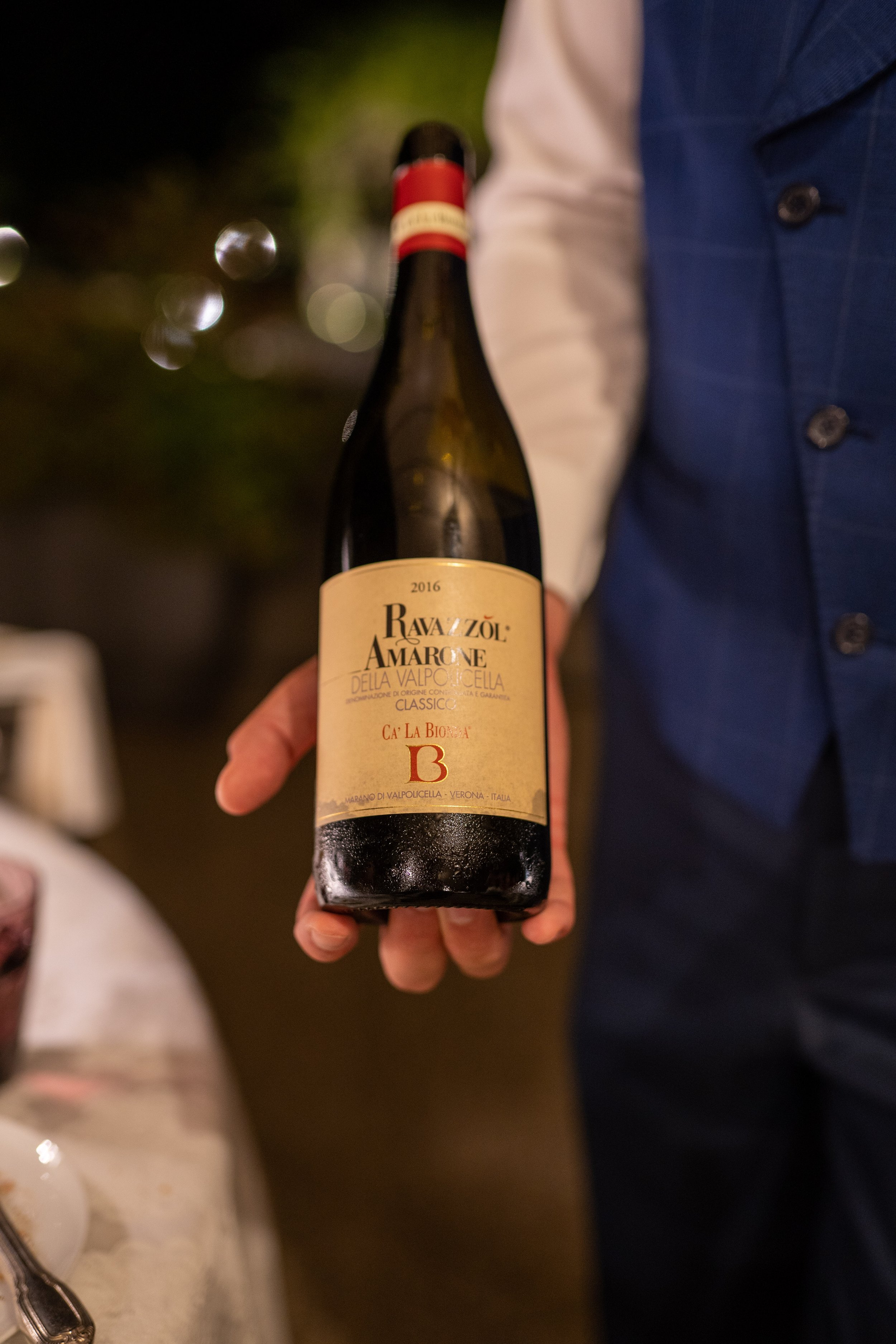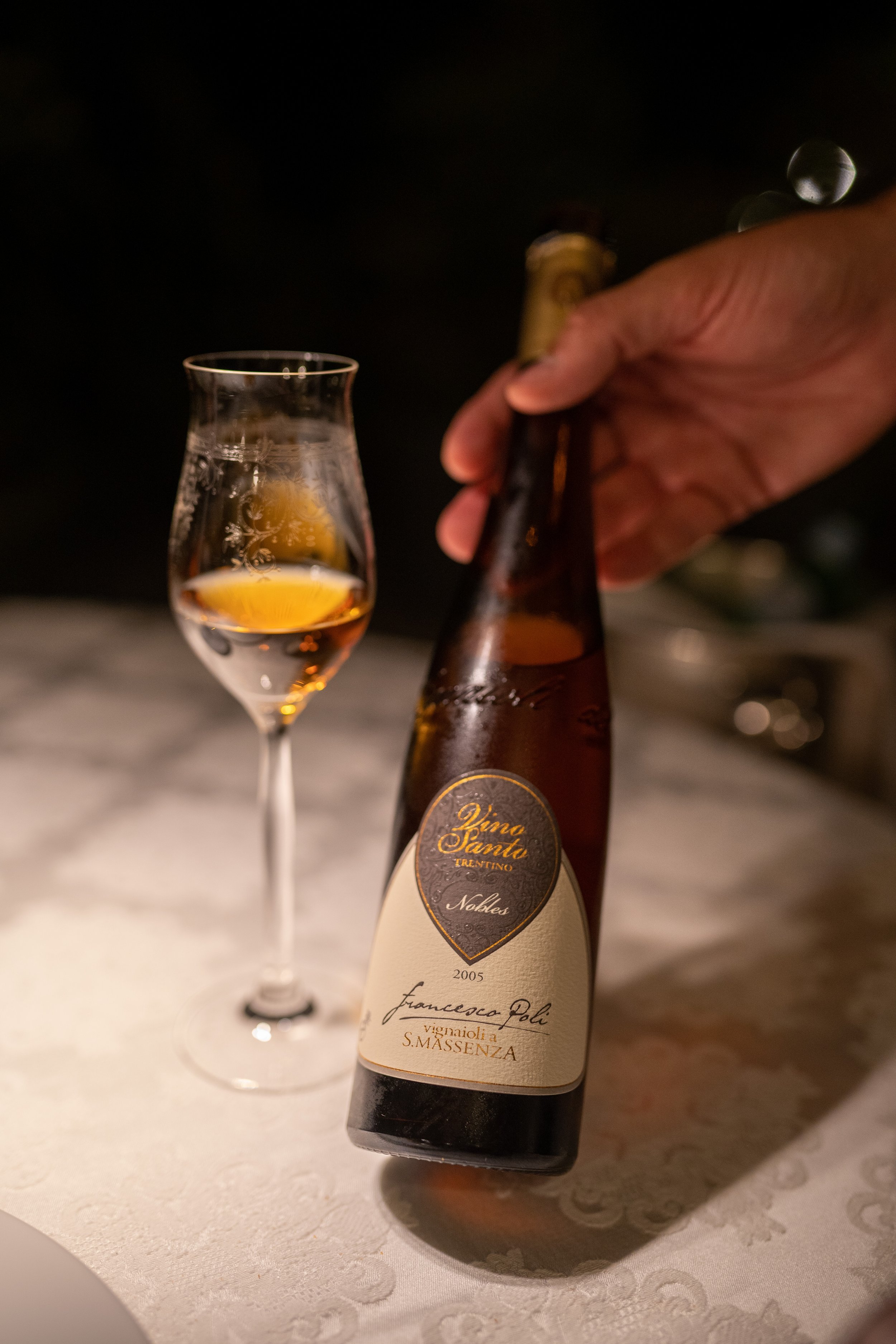Il Palagio
Il Palagio review at-a-glance
Rating: 91/100
Verdict: I’ve always found classic Italian food to be one of the hardest to adapt in a Michelin setting. Whether too simple or too complicated, it is hard to strike a balance between elevating the familiar flavors you expect without creating something unrecognizable. Despite the challenges, Il Palagio and Chef Paolo Lavezzini managed to create an exciting meal while staying true to the flavors you would expect from an Italian restaurant in Tuscany. The food was very regional, focused on showing off pristine ingredients sourced from the countryside surrounding Florence. Plenty of technique went into elevating those ingredients but the plates were well edited, absent of superfluous components or jarring flavor combinations that take away from the product. The end result was elevated Italian food as it is meant to be, paying homage to the history of the region while being interesting enough to excite your palate.
Price I Paid: €150
Would I revisit: Yes
Date Visited: August 2022
Value: 14/20
Il Palagio background
The grandest hotel in Florence is the Four Seasons so it is only appropriate it also hosts a restaurant with a Michelin star, Il Palagio. Despite being located in the city center, the Four Seasons actually has a sizable courtyard and garden which is where dinner is served during the summer. Given how hot Tuscany can be during the summer, service smartly started at 9PM after the sun had gone down and the temperature drops to a manageable level. While you lose some of the luster of a grand dining room (don’t worry, they have one of those as well for less hospitable weather), there is something to be said about sitting in the heart of Florence in a serene garden while live music plays in the background. This was a truly unique setting worthy of the of Michelin star food being put on the plate.
The Chef at Il Palagio is Paolo Lavezzini who joined the restaurant post-COVID in July 2021. Prior to Il Palagio, Chef Lavezzini worked in Brazil where he spent ten years working at luxury hotels like Hotel Fasano and Four Seasons São Paulo. Despite the extended stay in Brazil, Chef Lavezzini’s cooking is exactly what you would expect from someone native to the Emilia Romagna region who trained in Tuscany’s best kitchens including three-star Enoteca Pinchiorri. Dishes were focused on showing off the region's bounty without too much fussiness - most courses were stripped down to a few key flavors so the ingredients shined.
The wine program is run by head sommelier Walter Meccia who designed a well-thought-out pairing that was focused almost exclusively on Italian wines. Too often pairings end up with wines that pair well but are low cost to help pad the restaurant’s profits. That was definitely not the case here with some of the bottles near the $100 price point including the Batar from Querciabella. My favorite was actually the lowest cost of the wines, an interesting Fiano di Avellino DOCG "Alessandra" where the 2013 vintage served was actually the newest release from the wine producer who ages its wines for seven years in stainless steel and one year in the bottle before releasing it to the public. Beyond pouring some very serious quality wines, Walter also showed off a bit of a playful side by pouring the first glass blind and having us guess the type of wine. It turned out to be a non-alcholic sparkling tea from Copenhagen so as you might expect, we didn’t guess correctly.
What I ate at Il Palagio
Shortly after sitting down, the kitchen sent out a quartet of well made nibbles as well as some grissini. In addition to the bites, an amuse bouche of plum tartar with coconut milk was served which mostly showed off a very fine quality plum. Apparently, when Chef Lavezzini first took over Il Palagio he changed the amuse bouche on a daily basis so he could constantly experiment with new flavors. Taking some mercy on the FOH staff who constantly had to relearn the dishes’ descriptions, the chef now limits himself to changing the amuse “only” once per week.
After the interesting amuse-bouche, the kitchen sent out a really interesting dish of zucchini with mint, saffaron ice cream and onion broth. It is not often you start a tasting menu with a dish (not ever in my experience) focused on zuchinni but that is exactly what the kitchen at Il Palagio did and did well. Beyond using high-quality zucchini, Chef Paolo Lavezzini smartly knew he would need some exciting flavors to pick up the vegetable and made sure the saffron came through nicely in the ice cream while also incorporating a healthy dose of mint. A great way to freshen up the palate and start a meal.
The second course of grilled lobster tail paired with fish mayonnaise, apple, and fermented blueberries continued the theme of a few simple ingredients being used like building blocks to construct complex flavors. Here, a precisely grilled lobster tail sourced from the Italian coast was accentuated by the mayonnaise which really tasted of shellfish in an almost lobster bisque way. The fattiness of the mayo was well balanced by the slices of green apple as well as the acidity from the accompanying glass of Agricola Querciabella “Batar” (a mix of pinot bianco and chardonnay from Tuscany). If I was to critique, there was a tad too much mayo on the plate but this was easy enough to avoid.
The next course of risotto with tomatoes and pecorino grotta may have been the finest example of Italian cuisine I have ever experienced. There is something so fundamental about the combination of tomato and cheese - be it margherita pizza, lasagna, or buratta and tomato, so many of the Italian classics are based around this simple combo. In this course, this simple combination was elevated to new heights in the form of risotto. Texturally perfect rice, great fattiness from the cheese and tomato permeating throughout the entire dish through cooking the rice in a tomato stock. The best part was the tomato jam which added an important balancing acidity and deeply concentrated tomato flavor that can only come from starting with top-class tomatoes being further enhanced by the kitchen.
Since it is an Italian tasting menu, it had to feature a pasta dish which in this case was agnolotti, Parmigiano Reggiano cheese and san minato summer truffle. Agnolottis are more or less a better version of the closely related ravioli, their smaller size making them perfect to eat in one bite while also having a better filling to pasta ratio. True to the regional roots of Il Palagio, the agnolotti was stuffed with Livornese cockerel which is a chicken breed that originated in Tuscany. Rather than bathe the pasta in sauce, it was dressed very lightly to let the pasta shine. My only complaint was it was a tad dry.
The main course was mostly about an impeccably sourced piece of lamb from the Fracassi selection with hay carrots and cardamon. I always find Italian meat to be interesting as it is so rarely exported. Within Italy, beef like Fassone and Chianina are highlights of their respective regions but you will almost never find them outside of Italy like you would say something from Spain. In this case, the lamb was raised in the nearby Castetino valley which is only 60 km from the restaurant and procured from the famous Tuscan butcher Simone Fracassi. How you felt about the dish will largely be based on how much you like lamb as Chef Paolo Lavezzini embraced the quality piece of meat, letting its crispy skin and tender, fatty meat speak for itself. I enjoyed it quite a bit with it actually reminding me a bit of a suckling pig dish you might get in a starred restaurant in Spain.
Seasonality was key in dessert as it was centered around a soft fig pie with pine nuts and ice cream. This felt like a very appropriate way to end the meal, nothing too fussy but capably executed and showing off the bounty of Tuscany. The meal did not end here though, as the kitchen sent out a pretty impressive array of petit fours which mirrored the presentation of the starting bites.




